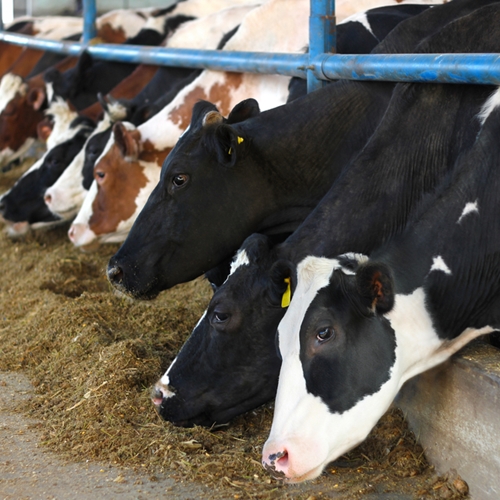 A culinary course is a great venue for learning how to clean, dress and cook various animal proteins. Of course, one of the quintessential American meals that is easiest to prepare is the hamburger. Americans thrive on beef, so much so that poultry fast food chain Chick-fil-A advertises with cows heckling burger consumers to eat more chicken. The success of such an ad relies on the inherent fact that Americans eat a lot of beef. However, the environmental cost of eating beef is pretty high. A recent study suggests that consuming a pound of beef puts more greenhouse gases in the air than burning a gallon of gasoline. For the avid chef, this could alter the way he or she considers a sustainable kitchen. While culinary minds across the country are rethinking and retooling the way we enjoy food, beef is still very much a centerpiece of many meals.
A culinary course is a great venue for learning how to clean, dress and cook various animal proteins. Of course, one of the quintessential American meals that is easiest to prepare is the hamburger. Americans thrive on beef, so much so that poultry fast food chain Chick-fil-A advertises with cows heckling burger consumers to eat more chicken. The success of such an ad relies on the inherent fact that Americans eat a lot of beef. However, the environmental cost of eating beef is pretty high. A recent study suggests that consuming a pound of beef puts more greenhouse gases in the air than burning a gallon of gasoline. For the avid chef, this could alter the way he or she considers a sustainable kitchen. While culinary minds across the country are rethinking and retooling the way we enjoy food, beef is still very much a centerpiece of many meals.
The ecological pyramid
Many cooks probably remember the ecological pyramid from elementary school. The concept is simple: An ecological pyramid is a visual representation of how energy passes through a specific ecosystem. In this case, food is fed to cows, then the cows are fed to humans, putting us at the apex of the pyramid.
Pastureland accounts for 40 percent of all land in the United States. Cows roam this land and consume massive amounts of calories, which are then passed on to us through beef. The cost is high though, as about 90 percent of those calories are lost before we consume the beef, or any other animal product for that matter. This makes the production of beef a very inefficient and environmentally unfriendly process. According to Ars Technica, we put approximately four times as many calories into cows to get one calorie out in comparison to chicken, pork, eggs and dairy.
A study on beef
A recent study conducted by researchers at Bard College took a “top-down” approach to examining the environmental footprint caused by the agricultural production of various animals. The scientists used a decade’s worth of data from the national database, spanning from 2000 to 2010. Incorporating information about land use, irrigation, fertilizer and other factors, the team was able to deduce the environmental footprints created by different agricultural products. Researchers found that beef, unlike chicken, pork, eggs and dairy, has a huge demand for land usage and takes a more significant toll on the environment. The scientists also compared livestock production to staple crops such as rice and potatoes and found that beef requires 160 times as much land to provide the same amount of calories when compared to these non-meat alternatives.
Researchers stated that livestock production is the cause of approximately a fifth of all greenhouse gas emissions worldwide. While this number includes all livestock and not just cows, the research suggests that the production of beef is particularly detrimental to the environment. On a broad scale, beef takes up significantly more resources than any other widely stocked animal. Essentially, beef production takes up more land and water while simultaneously putting an overabundance of nutrients in the soil and emitting catastrophic levels of greenhouse gases.
Overall, livestock production causes many other problems besides being a major contributor to greenhouse gases. Researchers state that livestock also impacts air and water quality, as well as ocean health. Considering that the production of beef is both widely popular and tremendously inefficient, over the long term it could be a major factor in the environmental landscape of the United States.

